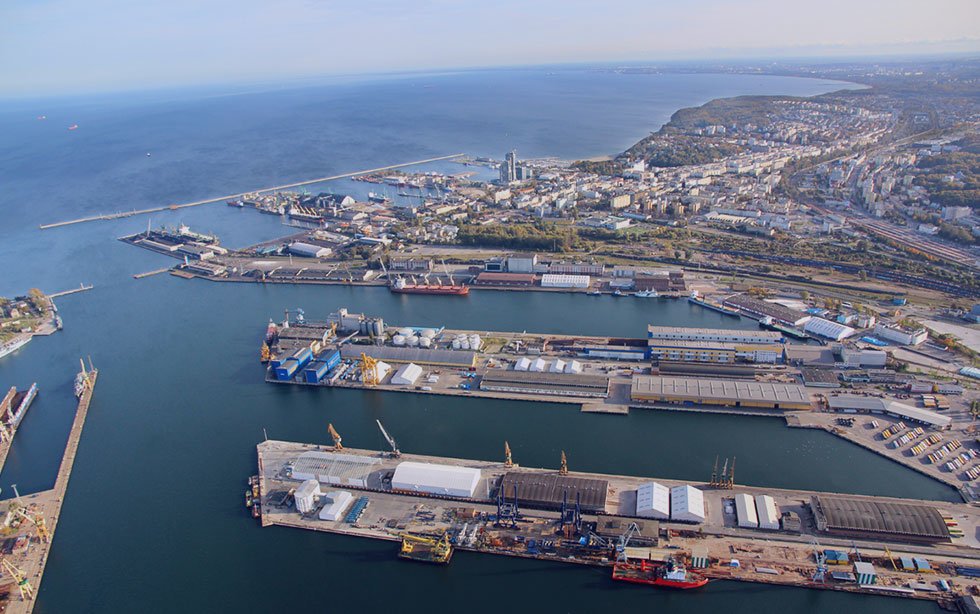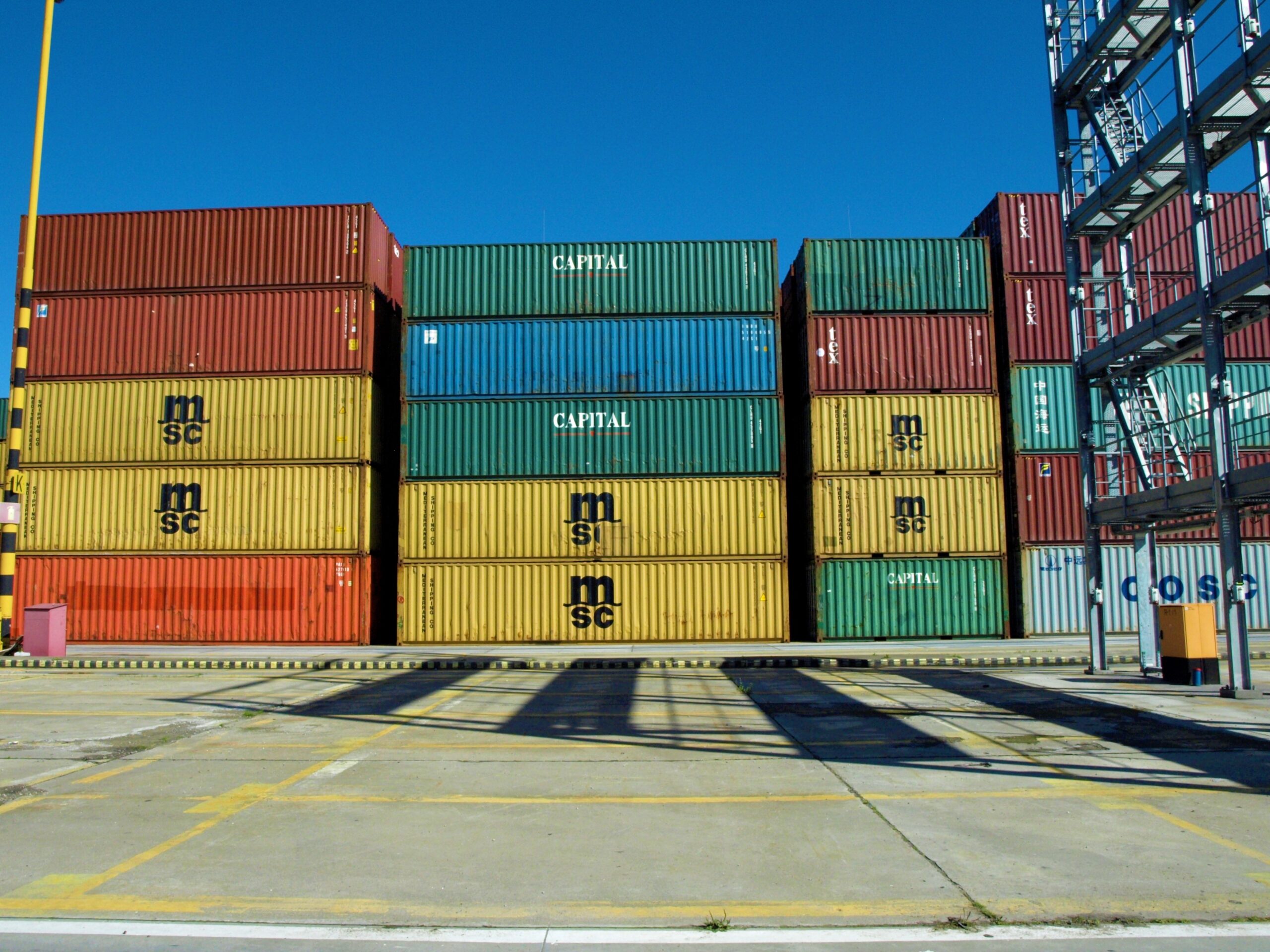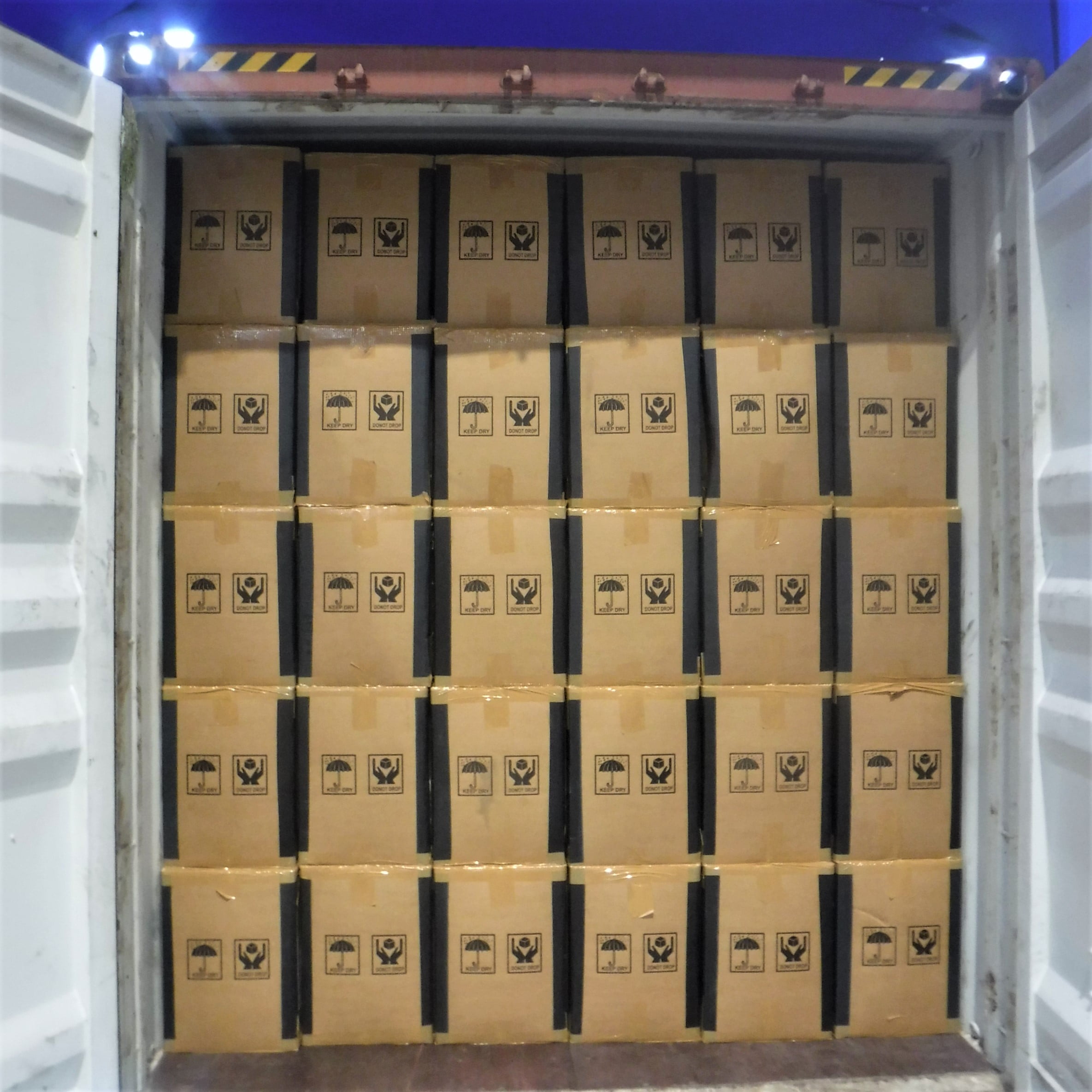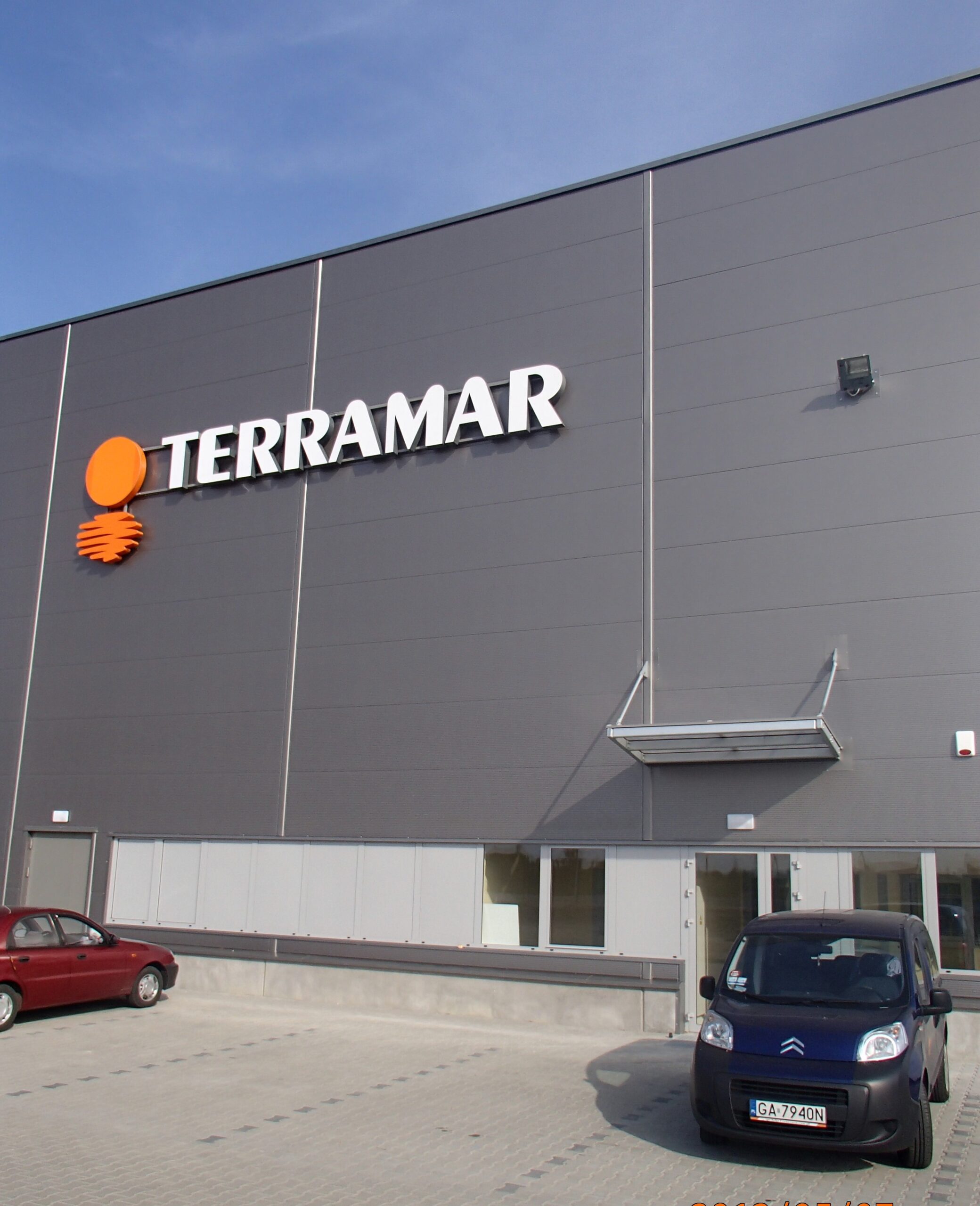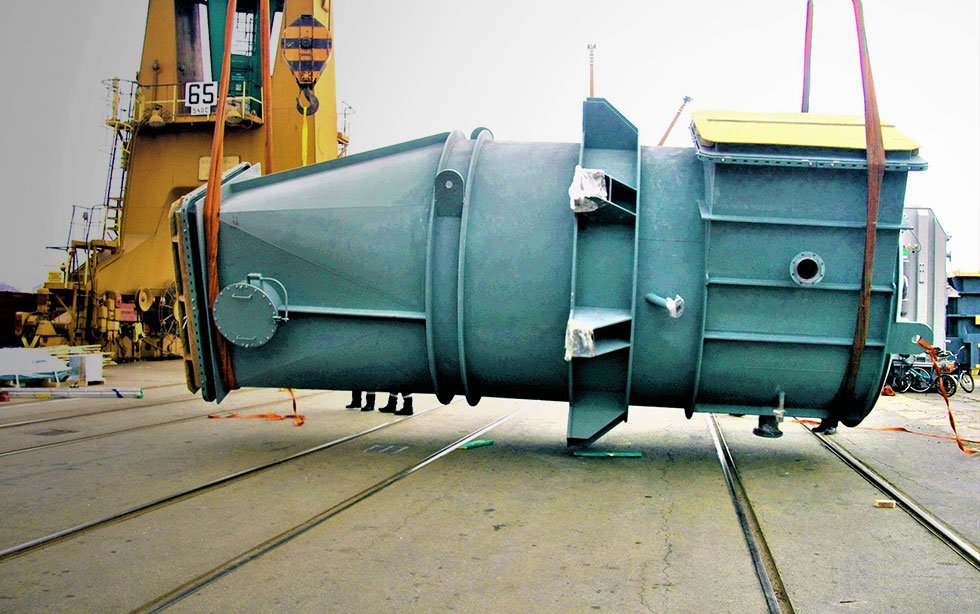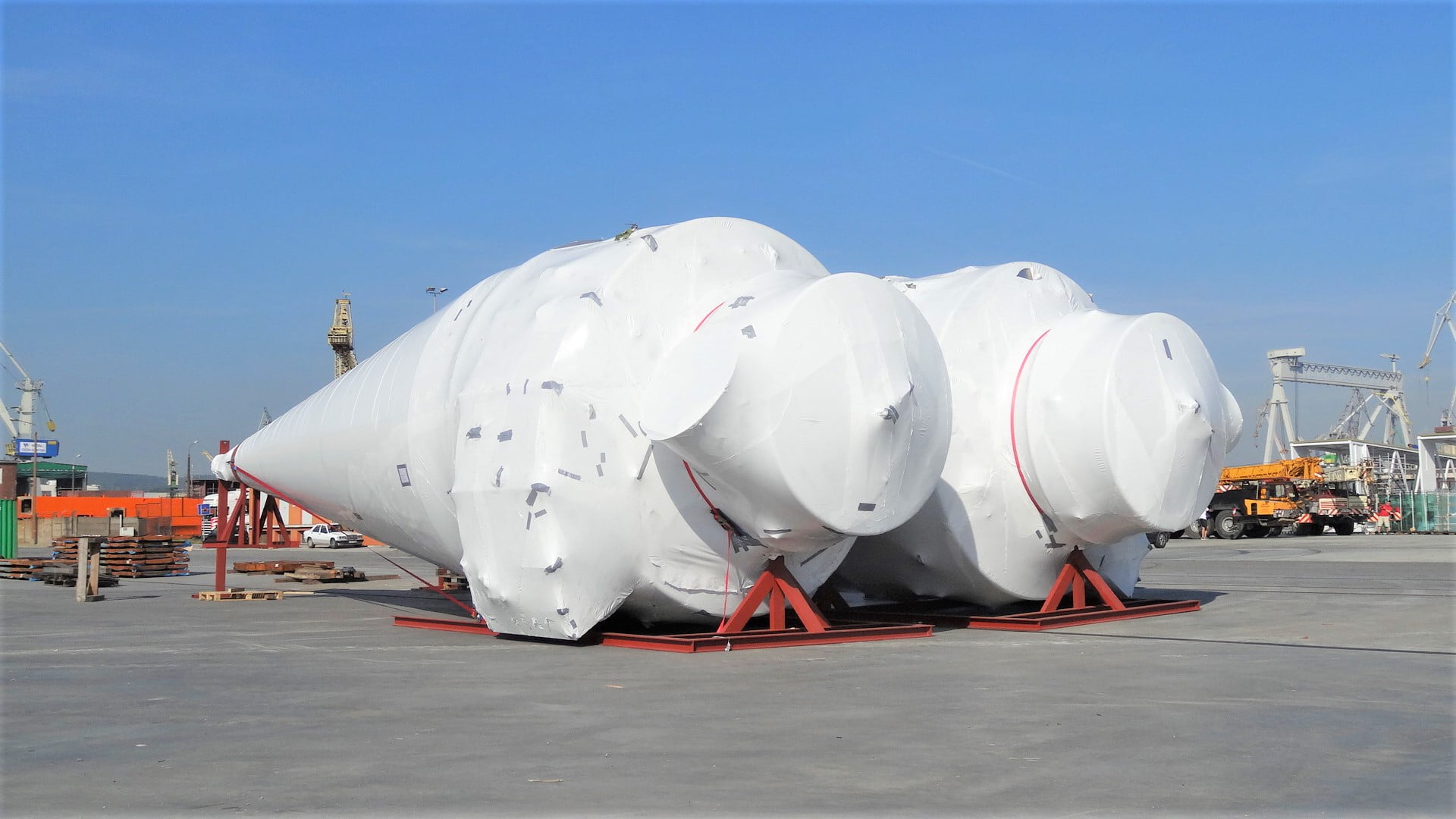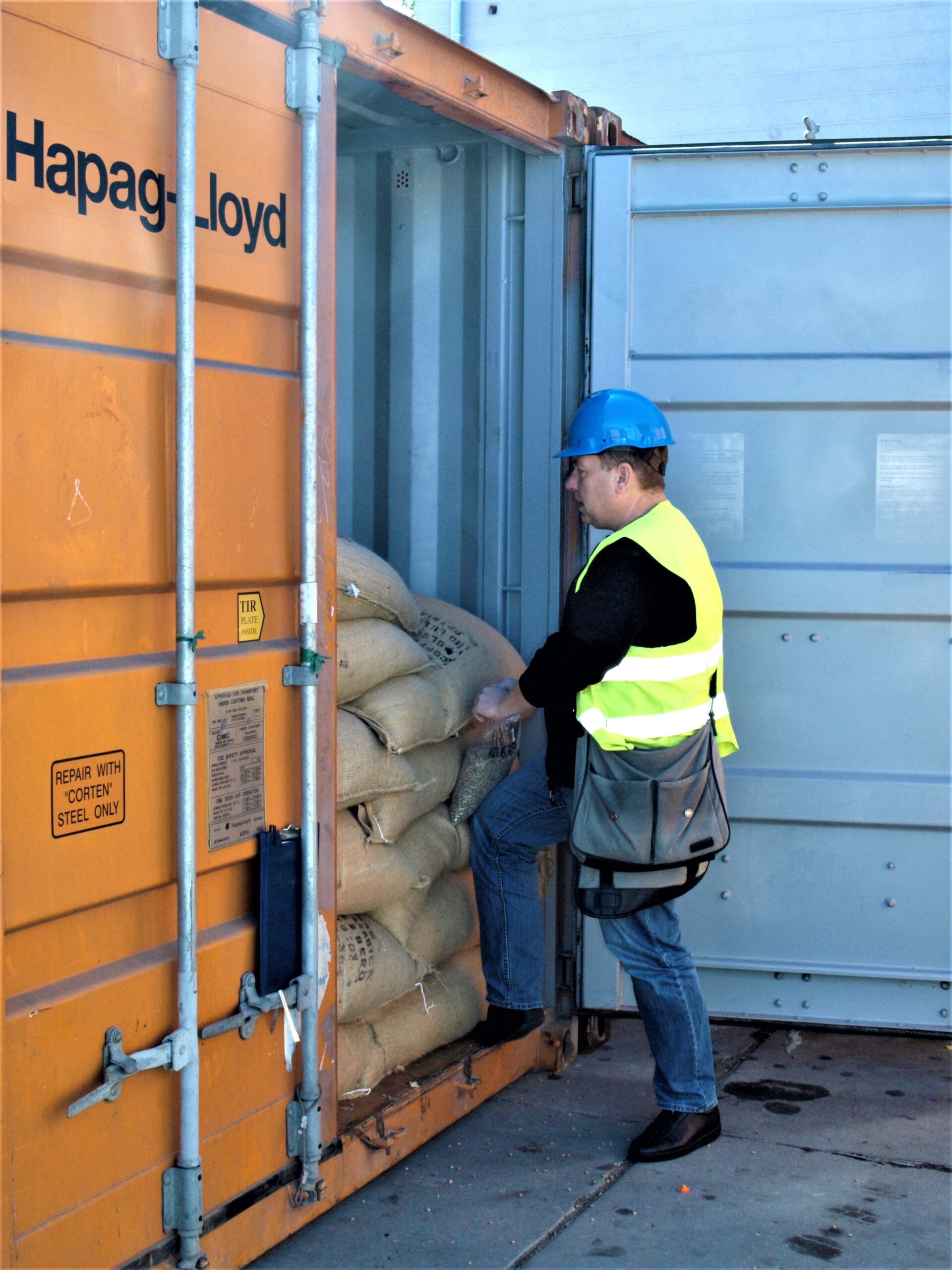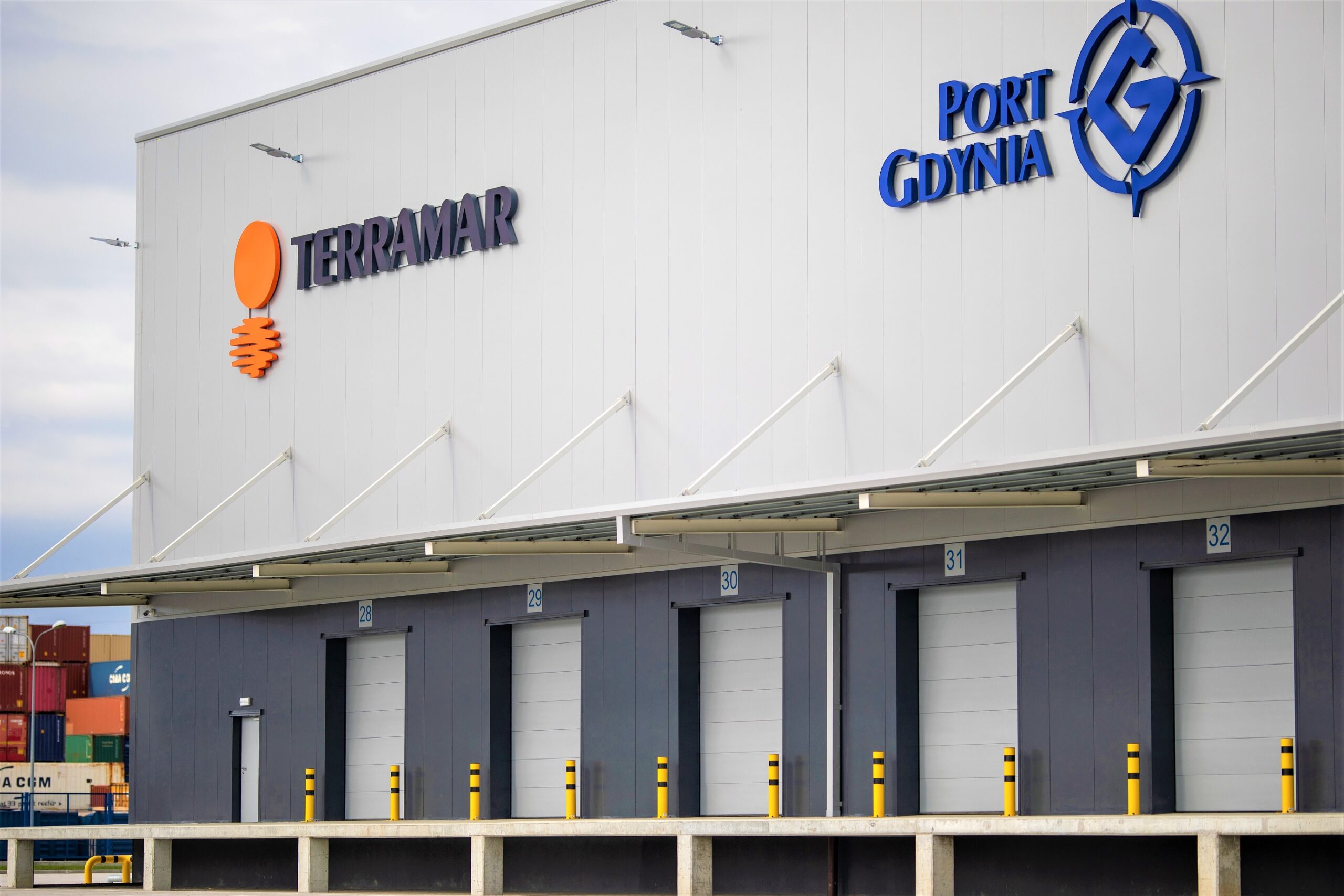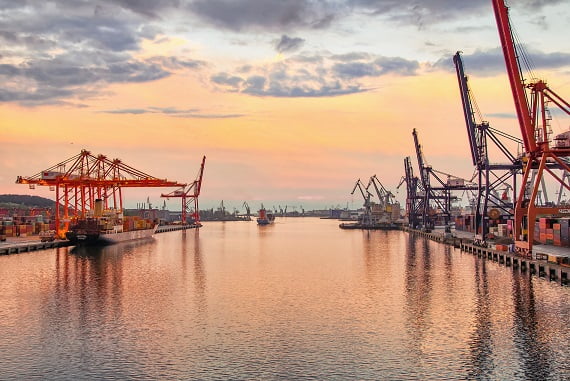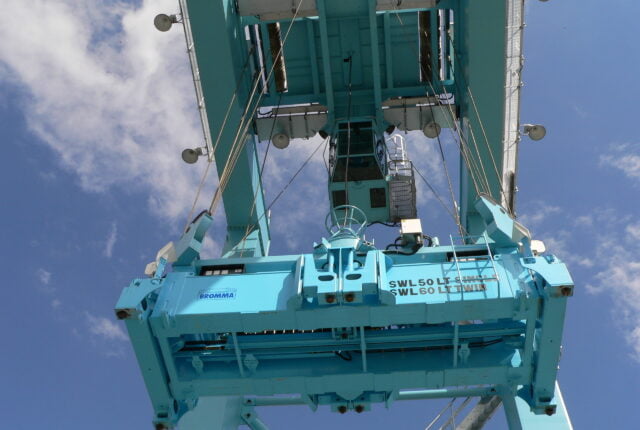Our 2 new, certified weightbridges are available at our warehouses:
- in Gdynia – ul. Logistyczna 4, at the area od the Port of Gdynia, near BCT and GCT,
- in Gdańsk — ul. Kontenerowa 21, at the area of the Port of Gdańsk, near DCT.
If you wish to weight your loads and vehicles please contact:
Aleksandra Wybraniec: a.wybraniec@terrramar.pl, +48 58 7447918
Beginning from 1st July 2016 the shipper is responsible for obtaining and documenting Verified Gross Mass (VGM) of a packed container (pursuant to amendments to the International Convention for the Safety of Life at Sea (SOLAS)).*
According to paragraph 2.1 of the SOLAS regulation, the gross mass shall be verified by the shipper, using one of the two methods:
- Method 1 – weighing of the packed container using calibrated and certified equipment,
- Method 2 – weighing of all cargo items, including pallets, dunnage and other securing material to be packed in the container and adding the sum to the tare mass of the container.
*Under the IMO Guidelines for implementing the SOLAS requirements, ’shipper’ is defined as “a legal entity or person named on the bill of lading or sea waybill or equivalent multimodal transport document (e.g. “through” bill of lading) as shipper and/or who (or in whose name or on whose behalf) a contract of carriage has been concluded with a shipping company”. The World Shipping Council’s guidelines replicate this definition of shipper, adding the sentence “the shipper may also be known as the sender.”
The time by which the VGM should be provided to the carrier is subject to commercial agreement between the shipper and carrier, following the policies of the carrier in question. The SOLAS amendment says simply that VGM should be communicated well in advance of loading, but gives no specific time or method of communication. Electronic solutions may be considered as a preferred means of transmitting the VGM data, using electronic signatures to certify the VGM.
Recommendation: – Cut-off times are to be determined by shipping lines, – Electronic platforms for transmission of VGM data should be considered as best practice, – Shipping lines (or the party providing the container, if different) should provide the correct tare weight of the empty container in sufficient time for the shipper to be able to include this in the VGM calculation. Electronic platforms for transmission of VGM data could accommodate this. The shipper may not be held liable for incorrect tare weights provided by the container owner, and should adopt a disclaimer in this regard in their commercial agreements. There is no provision in SOLAS for any margin of error. However, a margin of error is necessary with regard to the VGM so as to allow, for example, for natural variations in the mass of the container and materials. This is of particular importance with regard to Method 2. In line with the industry guidance issued by CLECAT, CEFIC, the ESC and the GSF in December 2014, the VGM of a packed container should be accepted with a margin of ±5%.
